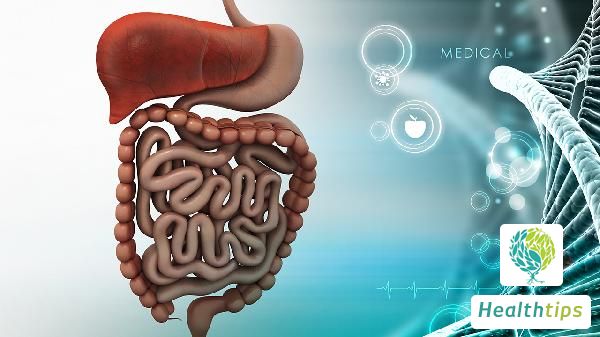"What Causes Blood Clots During Menstruation?"
Causes of Blood Clots During Menstruation

The appearance of blood clots during menstruation can be attributed to various factors such as excessive menstrual flow, endometrial hyperplasia, or uterine cavity pathologies.
1. Excessive Menstrual Flow
When menstrual flow is exceptionally heavy, blood within the uterus may not be expelled promptly, leading to the formation of clots. This phenomenon resembles water stagnation in a pool, eventually forming a dam. The excess blood coagulates into clots, resulting in larger clumps visible during discharge.
2. Endometrial Hyperplasia
The endometrium, the tissue that sheds during each menstrual cycle, may be excessively thick. When this occurs, the amount of tissue shed increases, heightening the likelihood of clot formation. Endometrial hyperplasia can stem from hormonal imbalances or other health issues and, in severe cases, may signal a precursor to cancer. This is akin to a ground covered in leaves, where clearing them reveals piles of debris.
3. Uterine Cavity Pathologies
Conditions within the uterus, such as endometrial polyps or uterine fibroids, can impair uterine contractions, causing menstrual blood to linger within the uterus and form clots. These pathologies act as obstacles in a pipe, hindering the normal flow of fluid and causing accumulation in certain areas.
4. Characteristics of Menstrual Blood
Under normal circumstances, menstrual blood does not coagulate due to its anticoagulant components. However, prolonged retention within the uterus can render these components ineffective, allowing blood to clot. This process resembles fresh juice turning sour over time; similarly, menstrual blood can transform into clots within the uterus.
5. Management Strategies
If you observe large blood clots during menstruation, especially accompanied by other discomforting symptoms, seek medical attention promptly. Doctors will conduct examinations like ultrasounds and endometrial biopsies to determine the cause and prescribe appropriate treatment. Maintaining healthy habits, avoiding overexertion, and balanced diets contribute to regular menstrual cycles.
6. Diet and Lifestyle Habits
Consuming iron-rich foods like red meat and spinach helps replenish iron lost during menstruation. Regular sleep patterns and moderate exercise regulate menstrual cycles and prevent clot formation.
7. Psychological Factors
Stress and emotional fluctuations can disrupt menstrual cycles. Engaging in relaxation techniques and mental adjustments, such as yoga and meditation, alleviates these issues. Maintaining a cheerful disposition is essential.
While the presence of blood clots during menstruation may not always indicate a severe issue, persistent cases or those accompanied by other symptoms necessitate prompt medical attention. Through scientific evaluations and treatments, these issues can be effectively addressed, preserving overall health. We hope these suggestions empower you to approach menstrual challenges with greater ease.



















